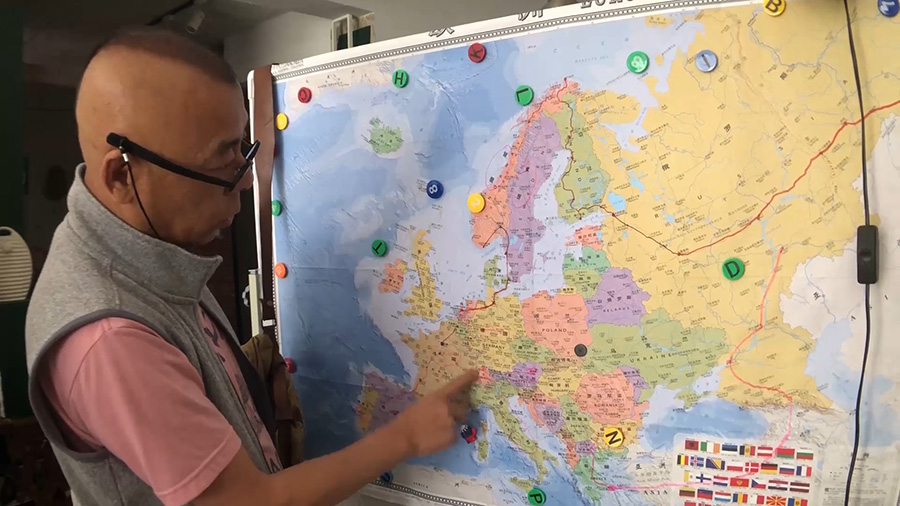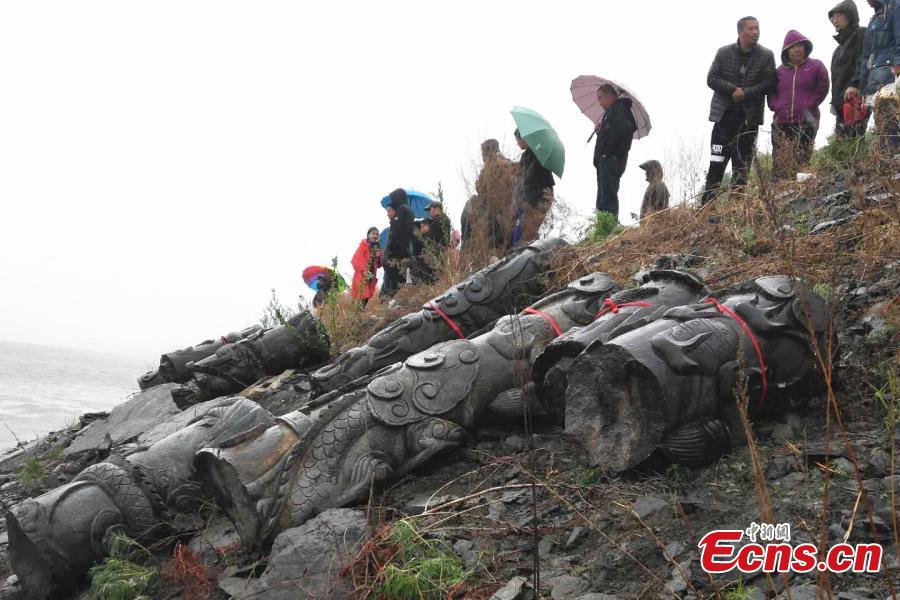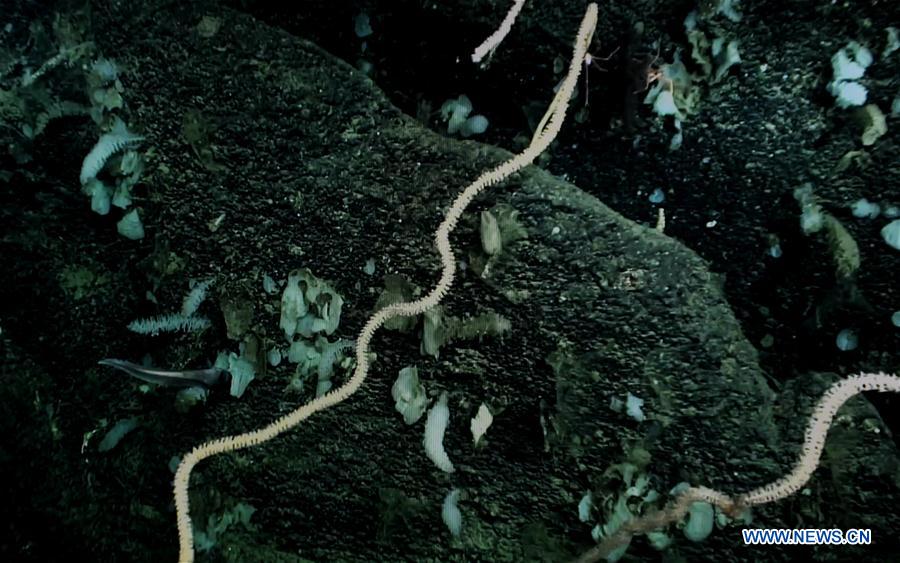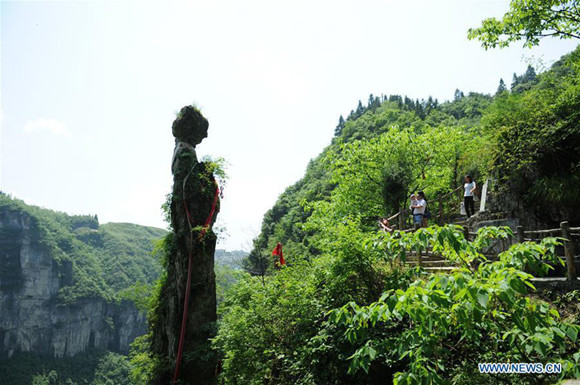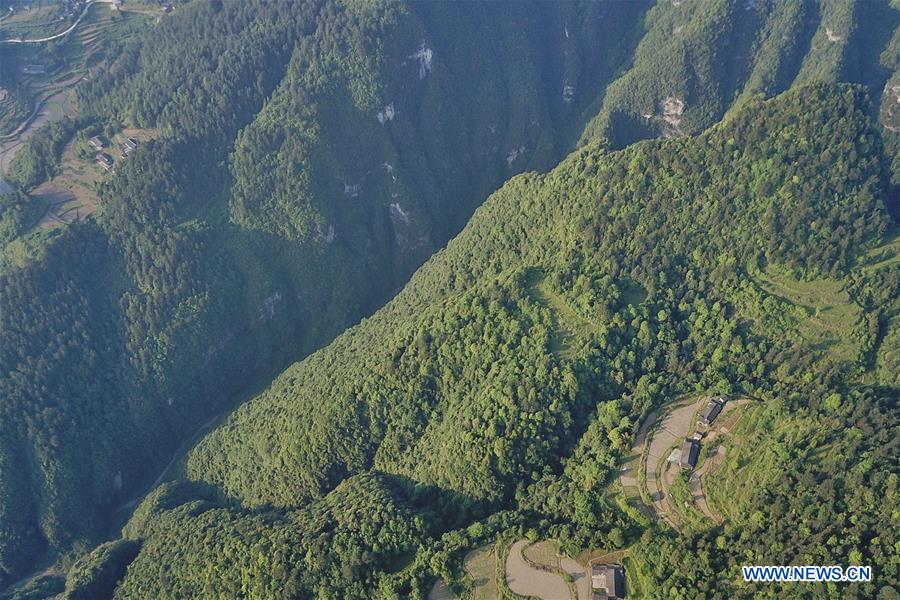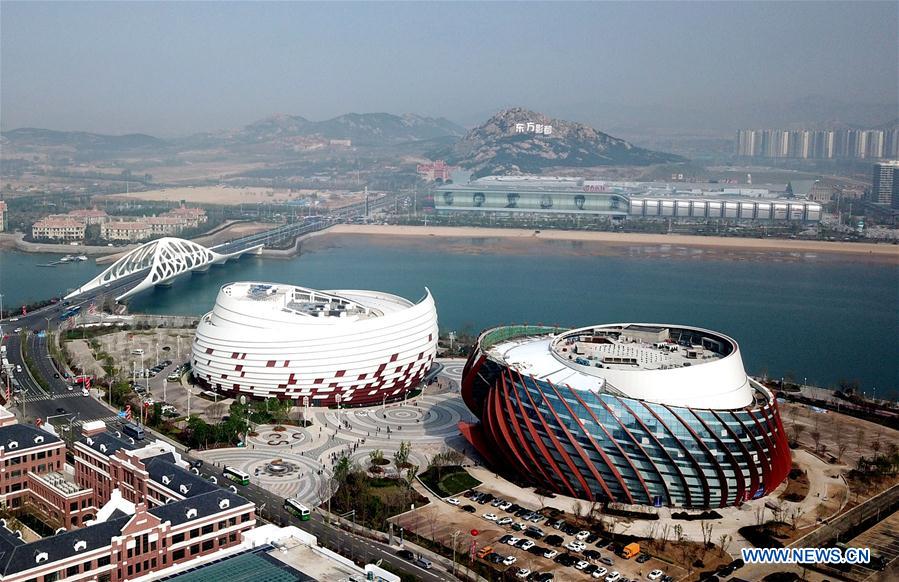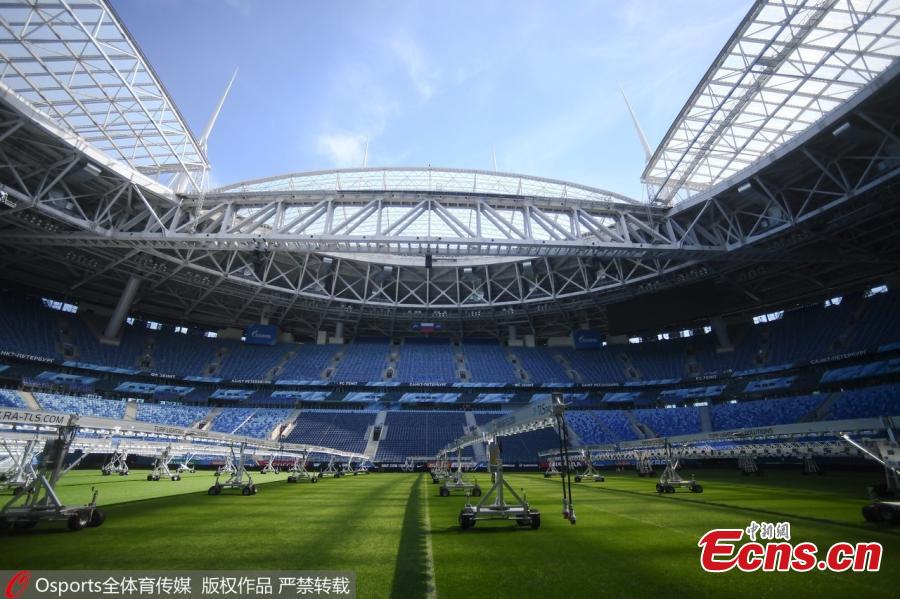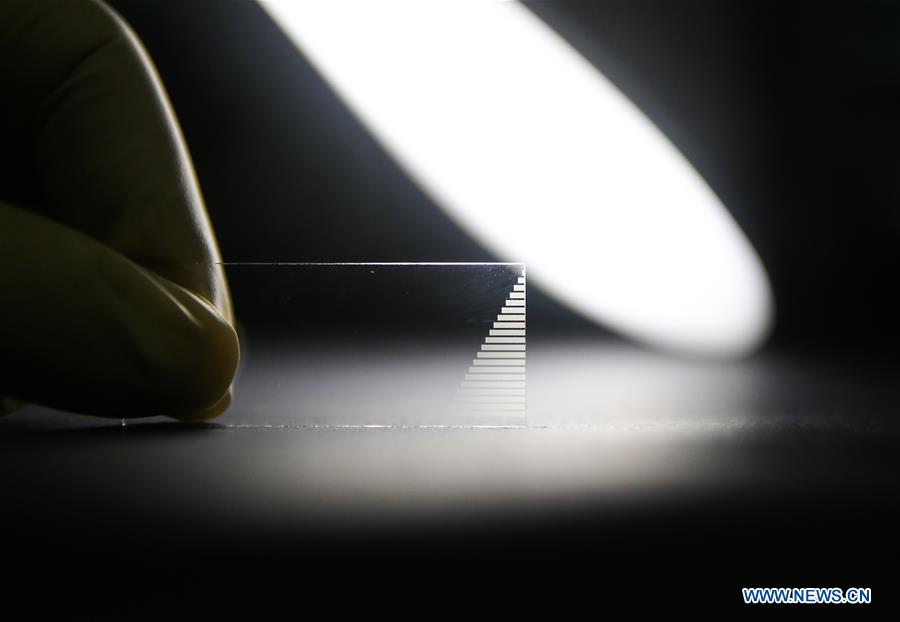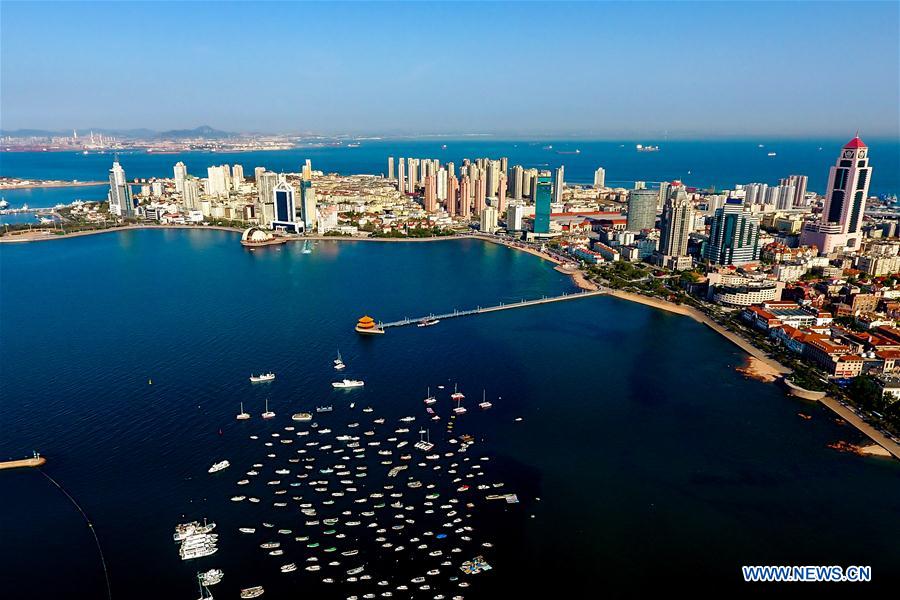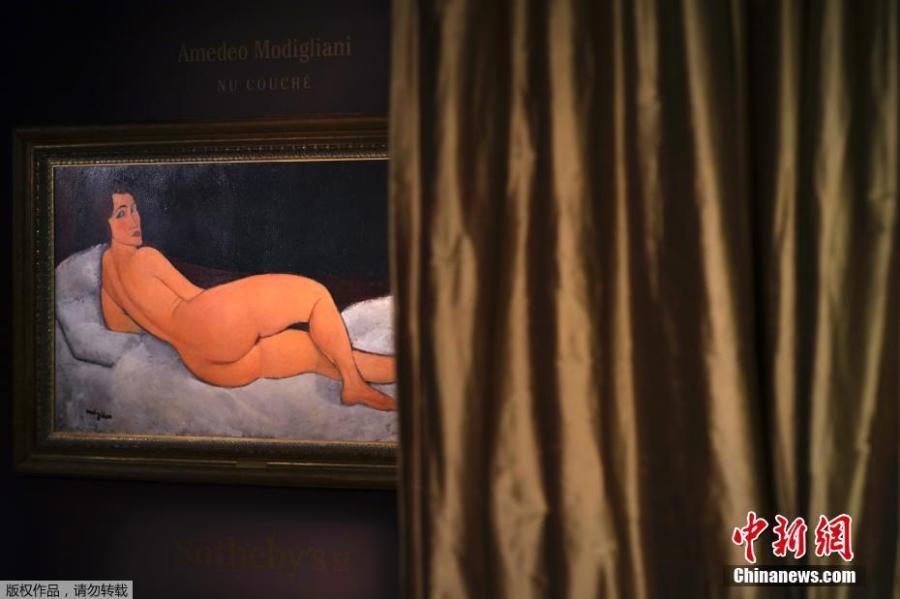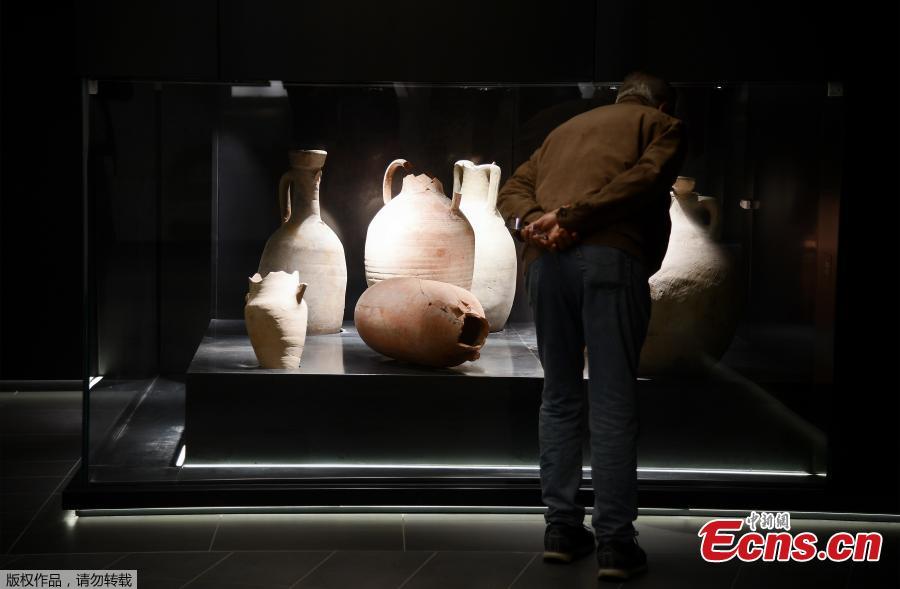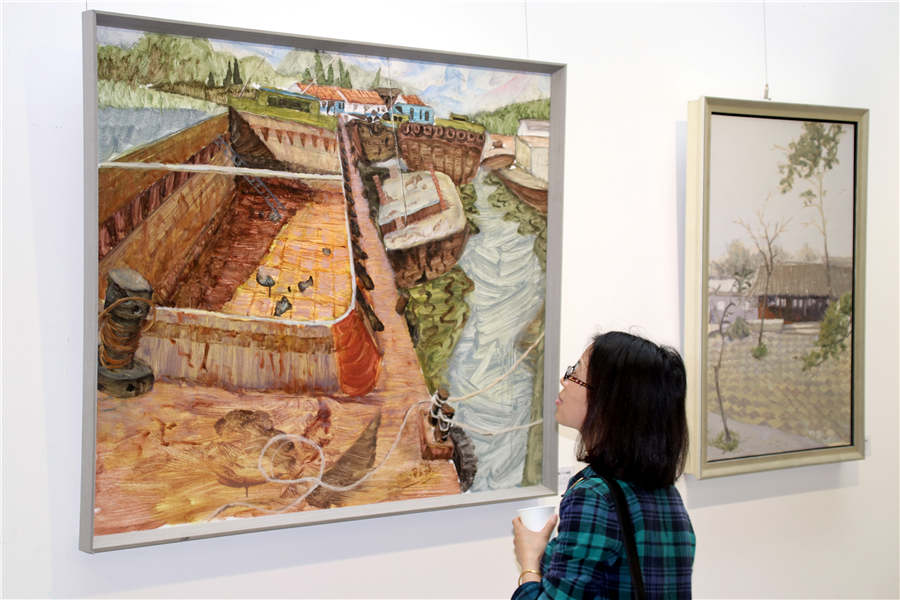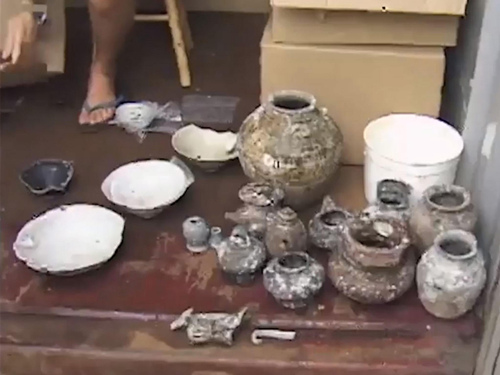
Researchers have discovered that the mystery ship had been carrying thousands of ceramics. /Photo via The Field Museum
Archaeologists at the Field Museum in Chicago found evidence that a shipwreck off the coast of Indonesia a century older than previously thought, which was revealed by an 800-year-old "made in China" label.
A study published on Wednesday in the Journal of Archaeological Science: Reports, showed that the shipwreck may have occurred earlier than the late 1200s, as early as 1162.
Centuries ago, a ship sank in the Java Sea along the ancient Marine Silk Road. Its wooden hull disintegrated over time, leaving only a treasure trove of cargo. The ship had been carrying thousands of ceramics and luxury goods for trade, and they remained on the ocean floor until the 1980s when the wreck was discovered by fishermen.
The new study showed that the equivalent of a "Made in China" label on a piece of pottery helped archaeologists reevaluate when the ship went down and how it fits in with China's history.
"Initial investigations in the 1990s dated the shipwreck to the mid- to late 13th century, but we've found evidence that it's probably a century older than that," said Lisa Niziolek, an archaeologist at the Field Museum and the paper's lead author.
"Eight hundred years ago, someone put a label on these ceramics that essentially says 'Made in China,' because of the particular place mentioned, we're able to date this shipwreck better," said Niziolek.
The ship was carrying ceramics marked with an inscription that might indicate they were made in Jianning Fu, a government district in China, but after the invasion of the Mongols around 1278, the area was reclassified as Jianning Lu, according to the study.
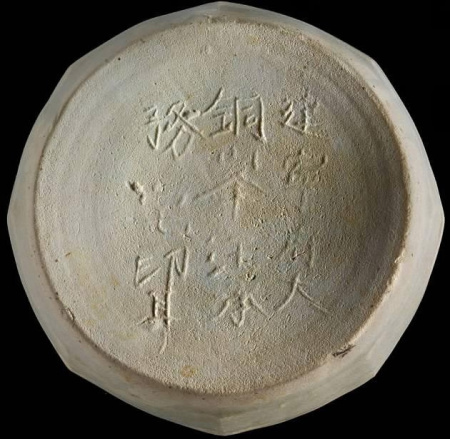
Niziolek suggested the likelihood of a ship in the later "Jianning Lu" days carrying old pottery with the outdated name is slim.
"There were probably about a hundred thousand pieces of ceramics onboard. It seems unlikely a merchant would have paid to store those for long prior to shipment. They were probably made not long before the ship sank," said Niziolek.
In addition, ceramics weren't the only cargo onboard. The ship was also carrying elephant tusks for use in medicine or art and sweet-smelling resin for use in incense or for caulking ships. Both of these materials were critical to re-dating the wreck.
Scientists can use the amount of C-14 in a sample to determine how old it is. This analysis, known as radiocarbon dating, had been done decades ago and pointed to the shipwreck being about 700-750 years old.
However, analytical techniques have improved, and the scientists wanted to see if the date held. The amount of decayed carbon found in the resins and tusks revealed that the cargo was older than previously thought.
When taken together with the place name inscribed on the ceramics, stylistic analysis of ceramics from known time periods, the researchers concluded that the shipwreck was indeed older than previously thought: somewhere in the neighborhood of 800 years old.
"We had suspected that based on inscriptions on the ceramics and conversations with colleagues in China and Japan, and it was great to have all these different types of data coming together to support it," said Niziolek.
The fact that the Java Sea Shipwreck happened 800 years ago instead of 700 years ago is a big deal for archaeologists.
"This was a time when Chinese merchants became more active in maritime trade, more reliant upon oversea routes than on the overland Silk Road," said Niziolek. "The shipwreck occurred at a time of important transition."
The Java Sea Shipwreck may have carried more than 100,000 ceramics. Of the 12,000 excavated, more than 6,000 are at The Field Museum, and another half of them went to the Indonesian government.









